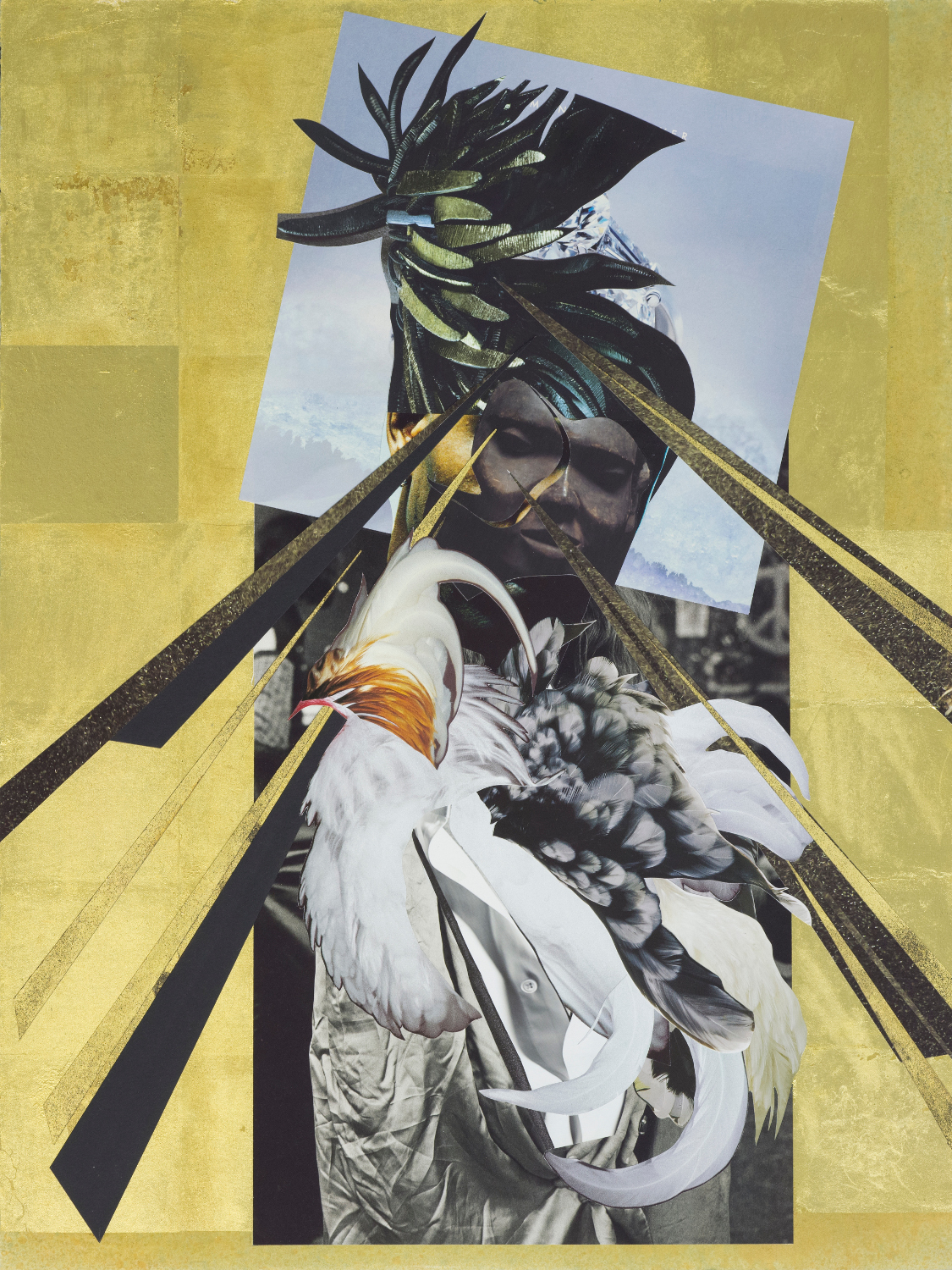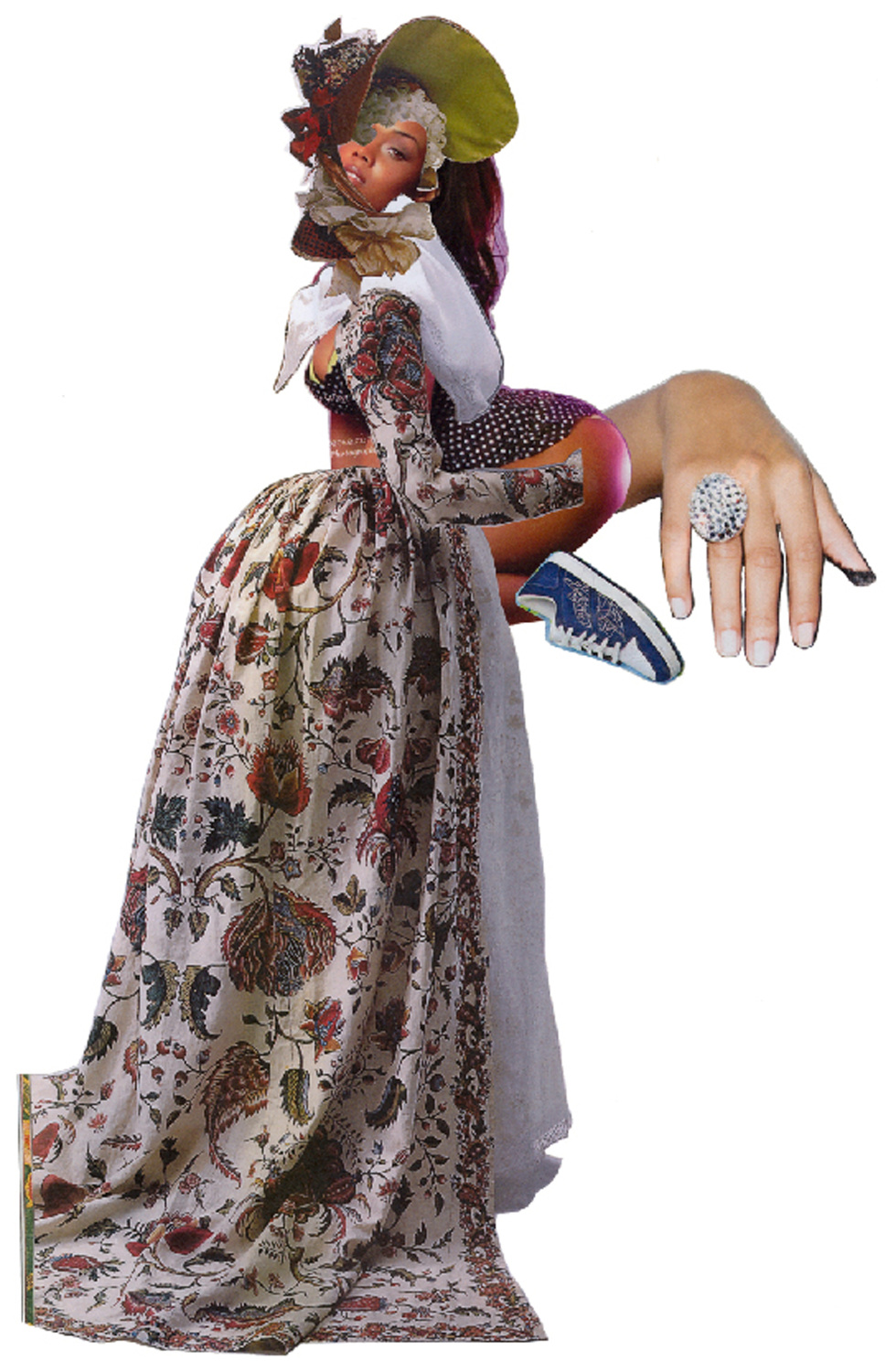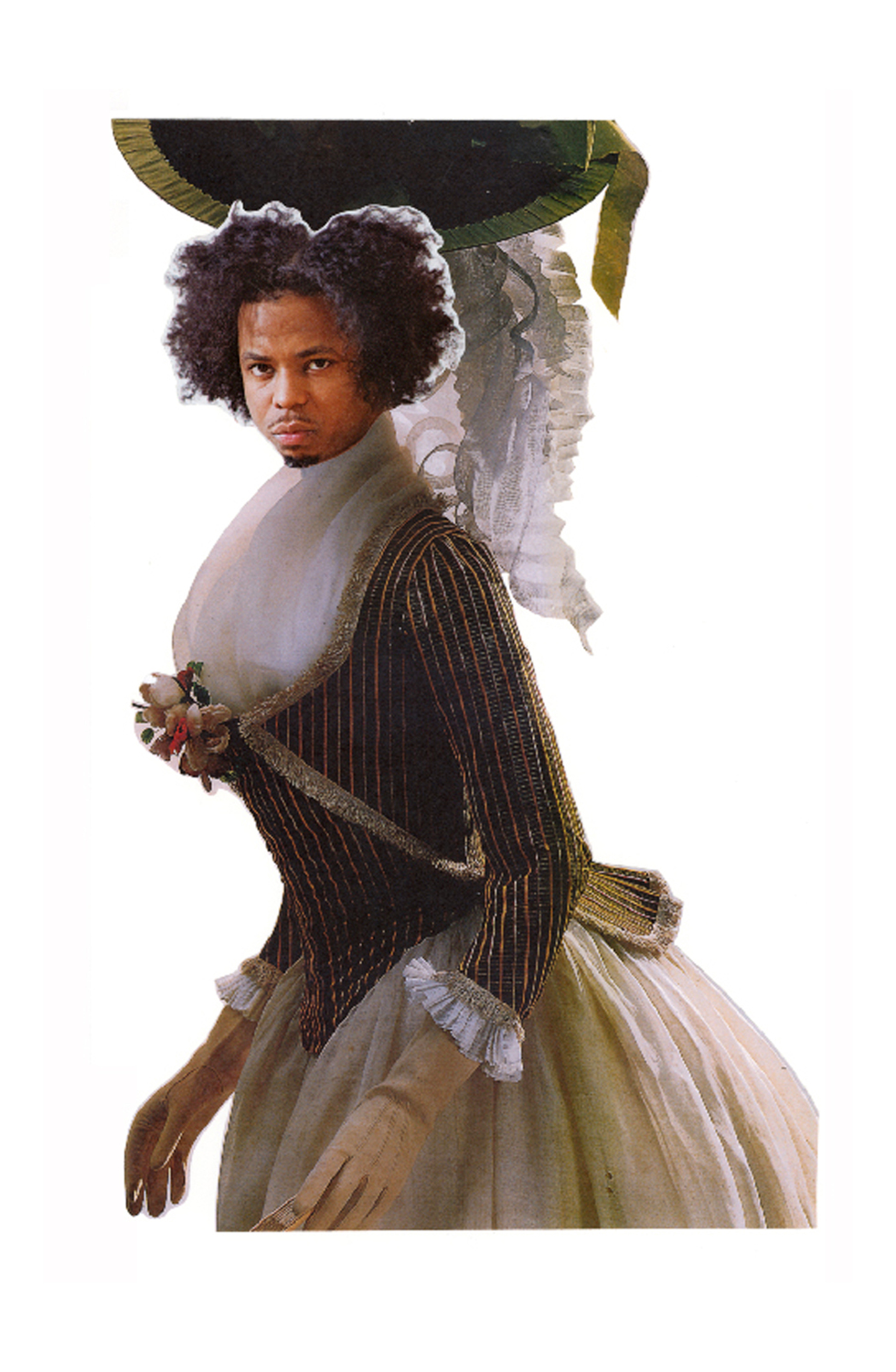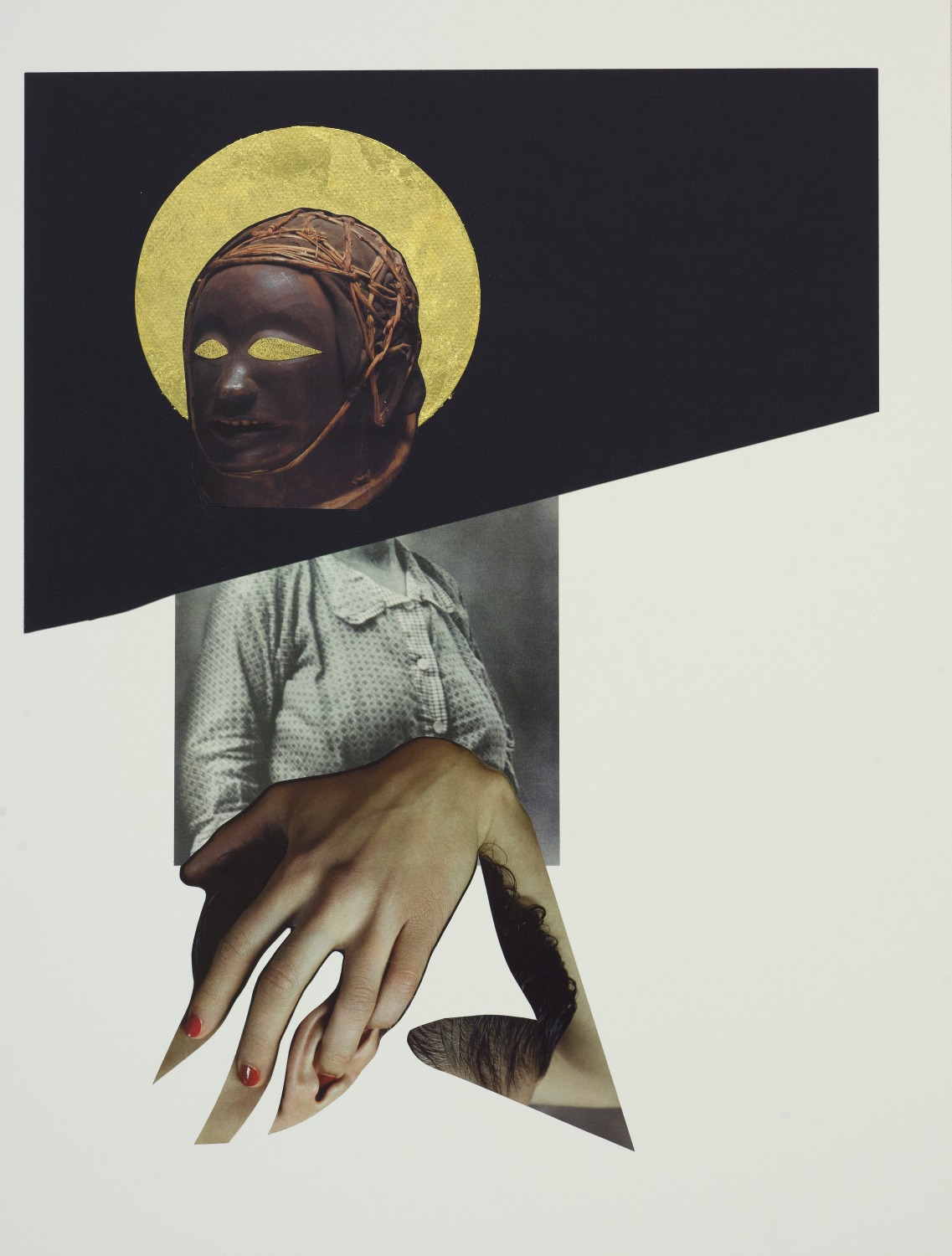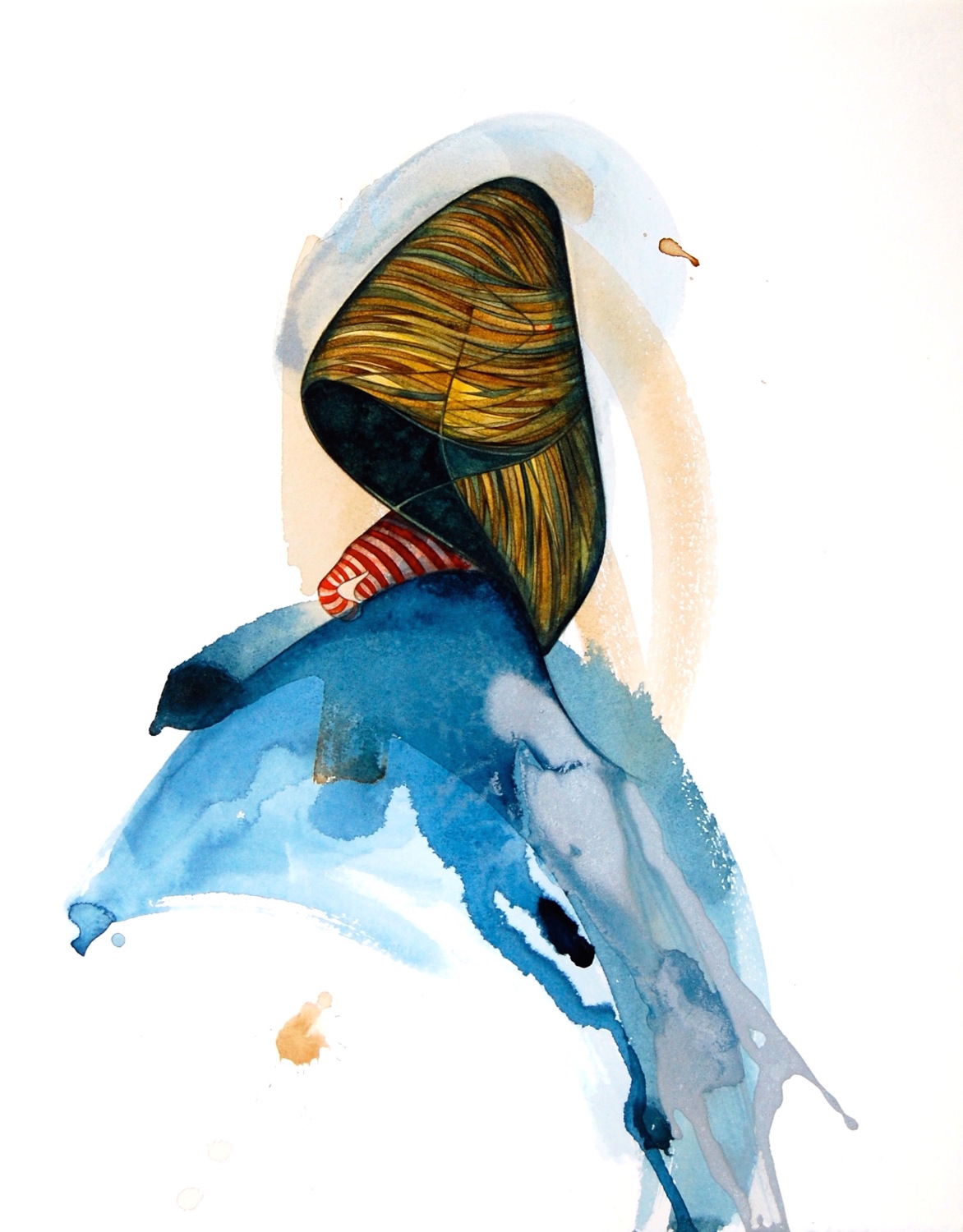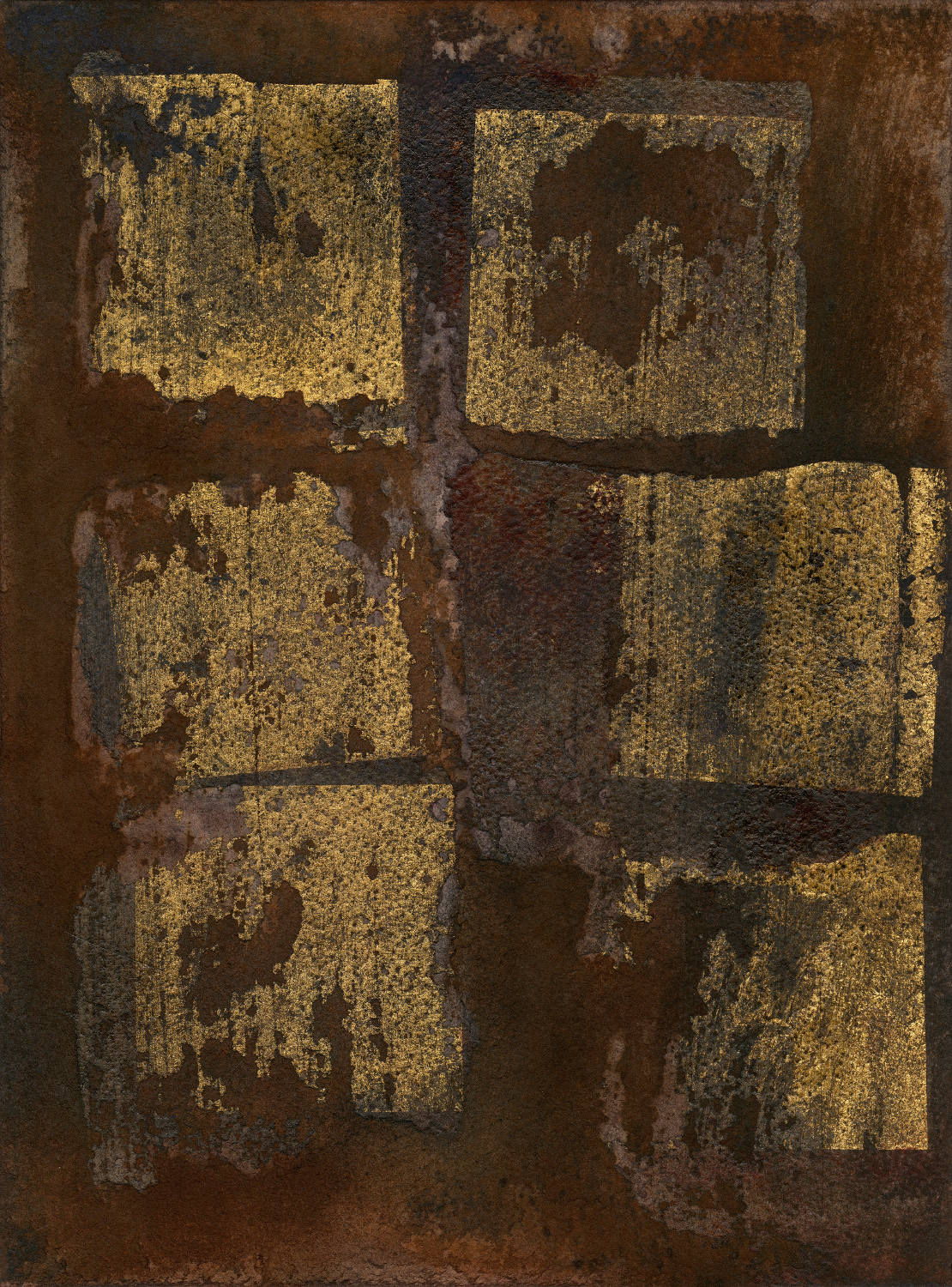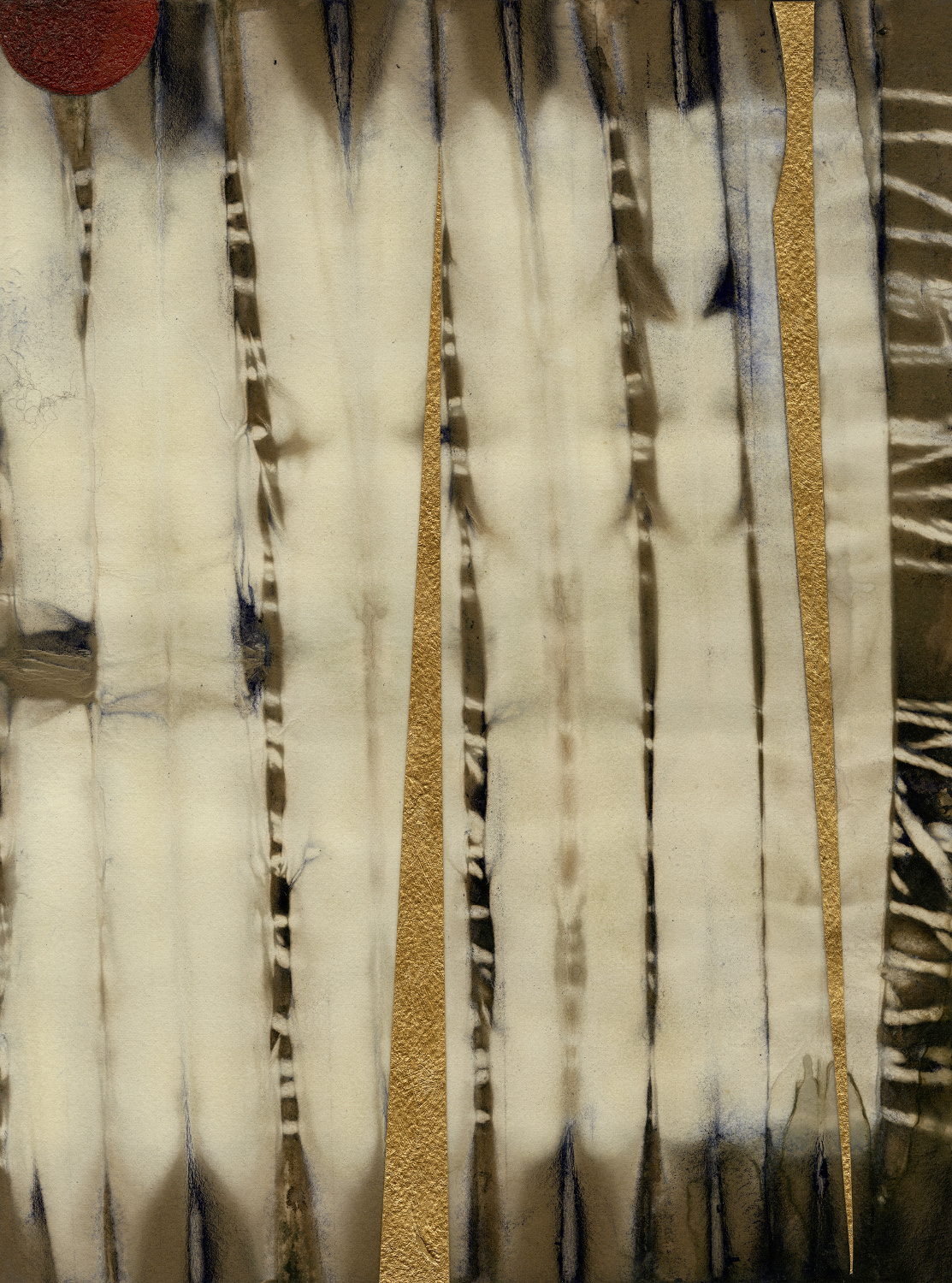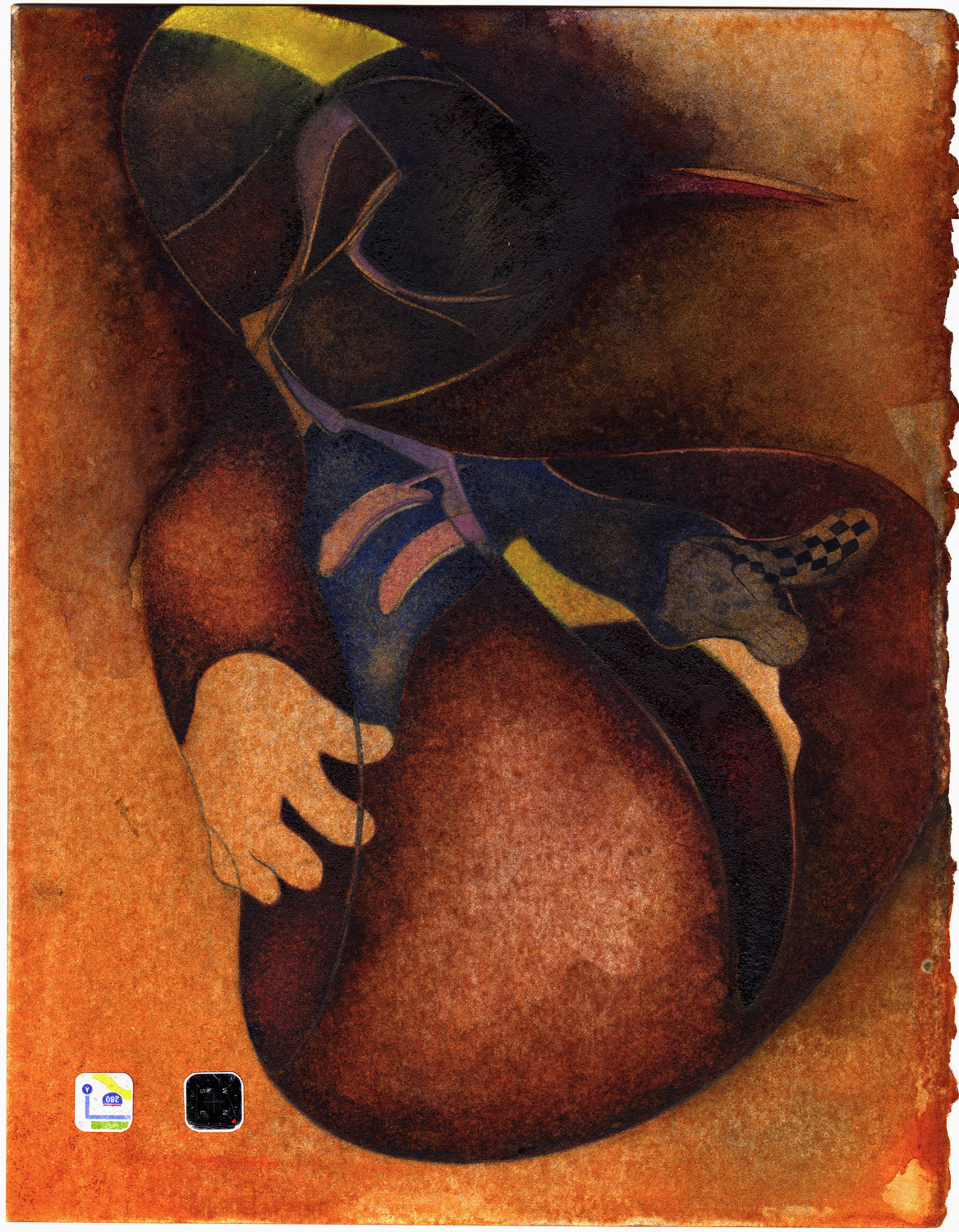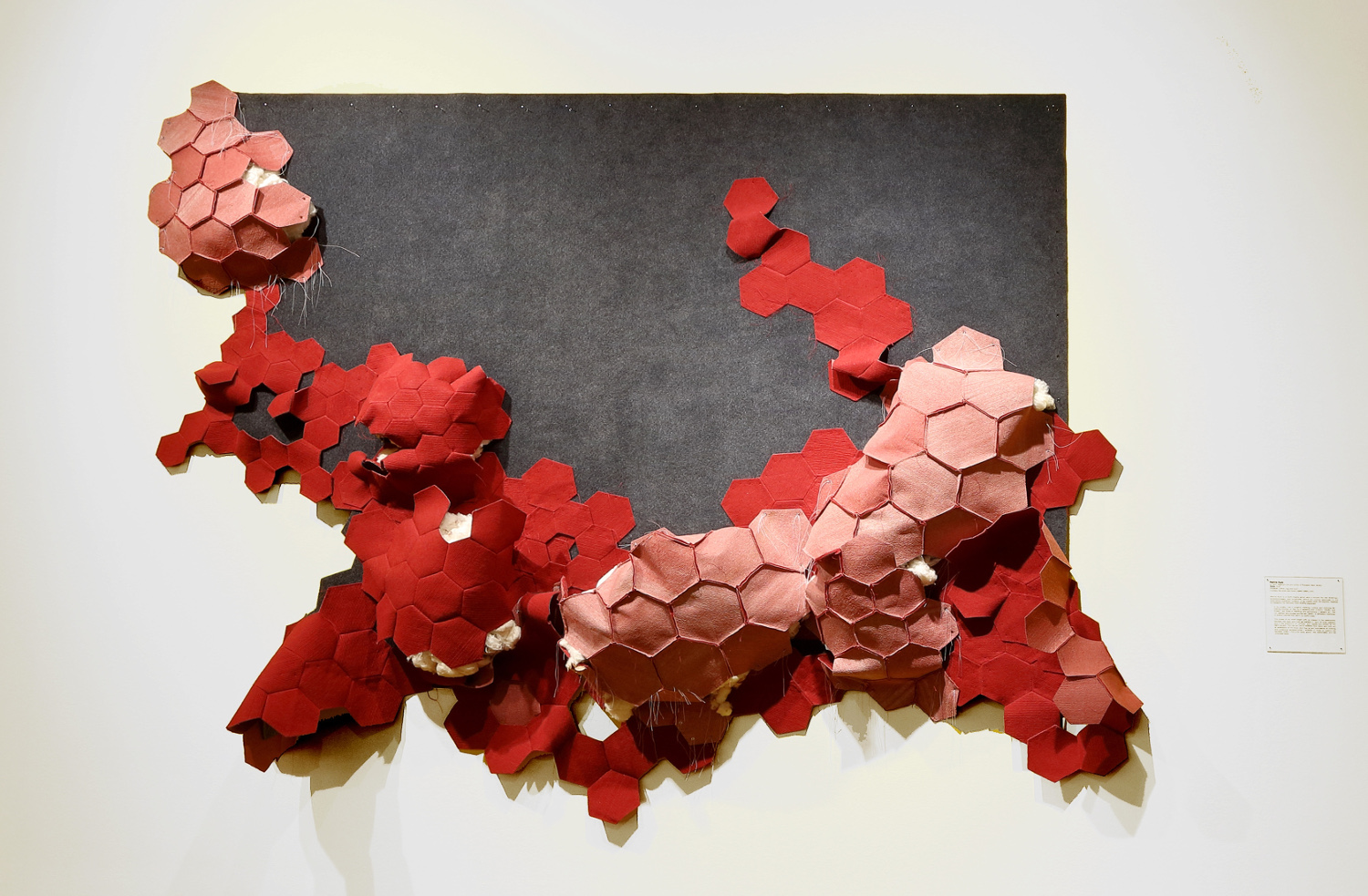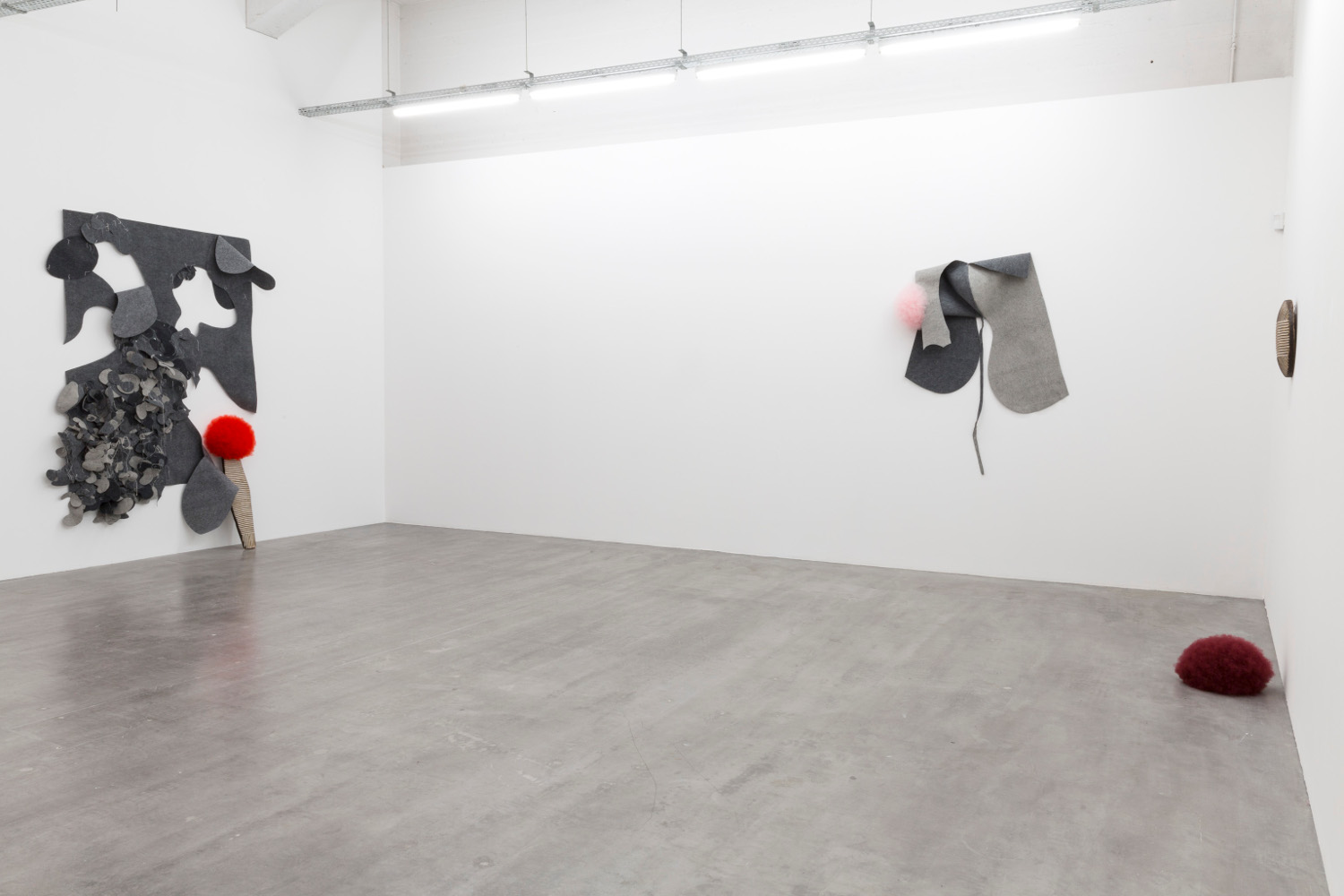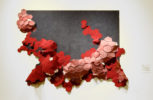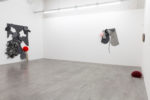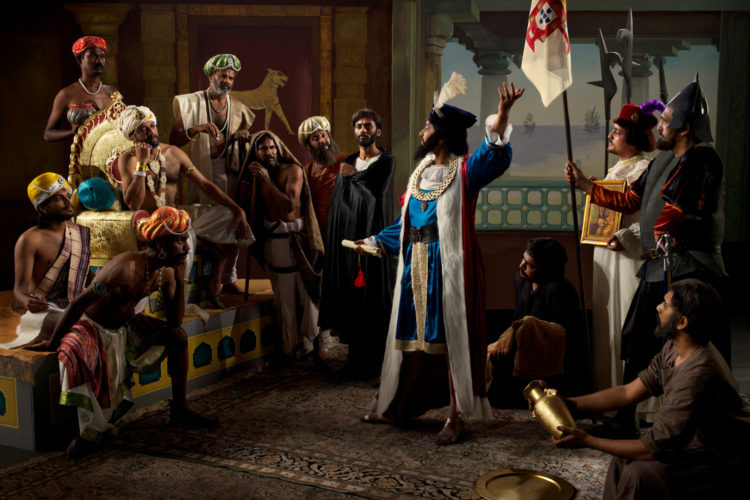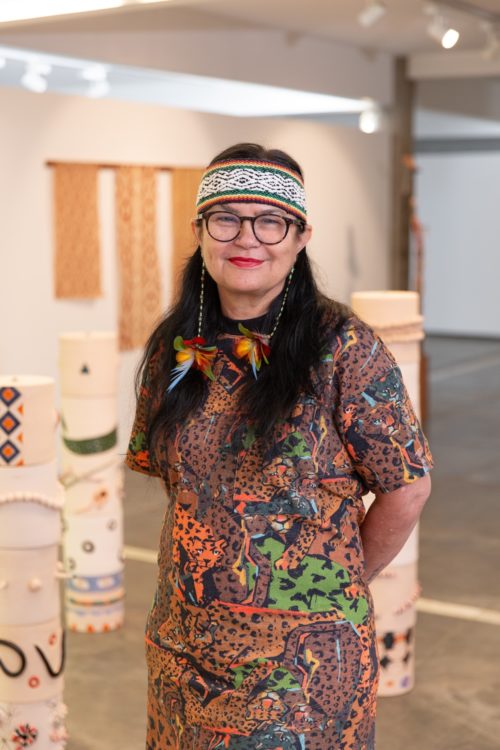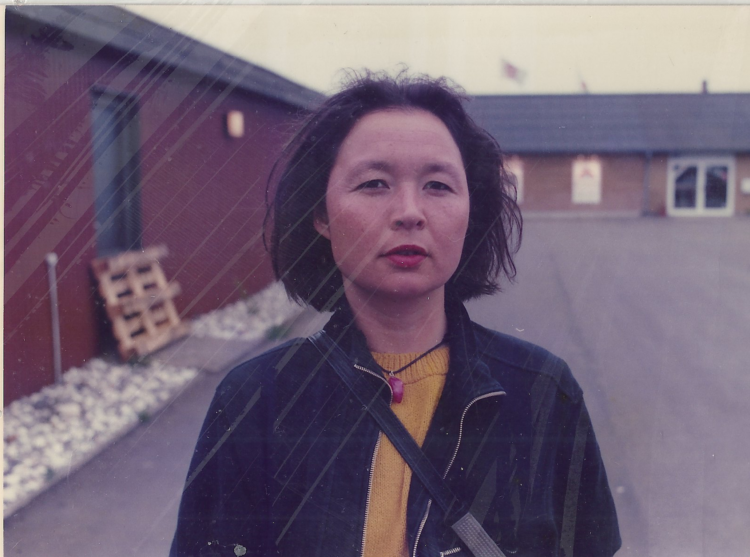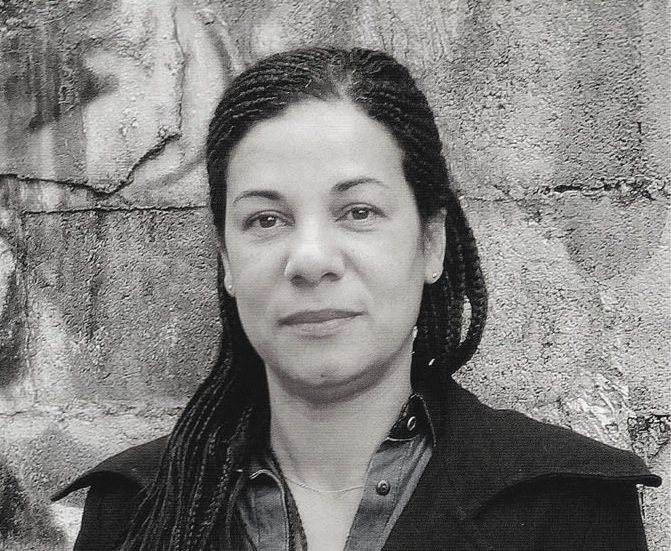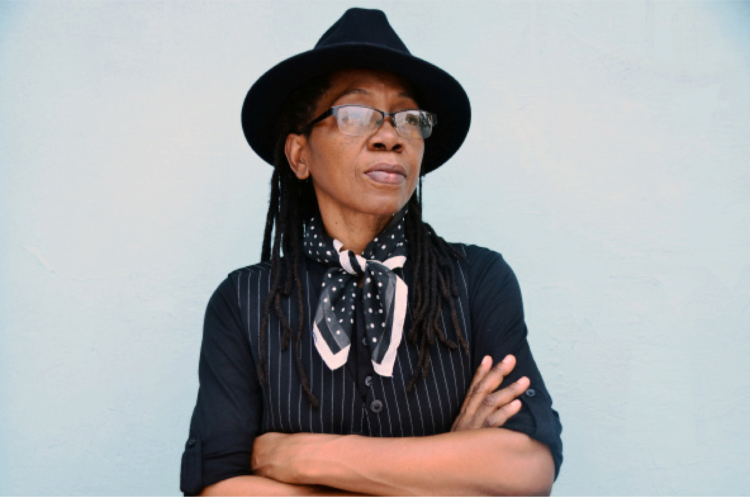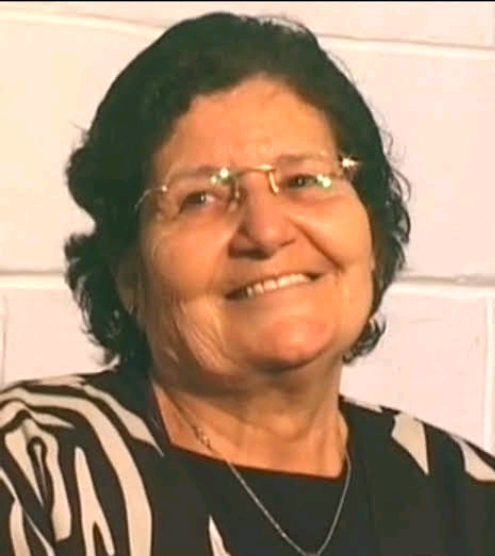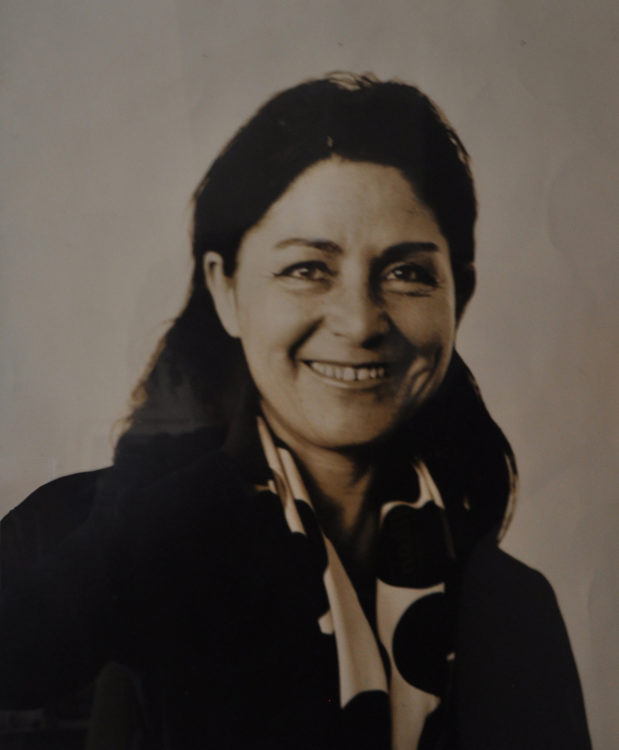Marcia Kure
Eva Barois de Caevel & Koyo Kouh (ed.), Body Talk – Feminism, Sexuality, and the Body in the Work of Six African Women Artists, exh. cat., Frac Lorraine (October 2015 – January 2016), WIELS Brussels (February – March 2015), Lundskonsthall (May – September 2015), Dakar et Berlin et Motto Distribution, 2015
→Ozioma Onuzulike, “Marcia Kure: Not Just a Cloth”, Nka: Journal of Contemporary African Art, Duke University, Durham, 2001
→Simon Ottenberg, New traditions from Nigeria: seven artists of the Nsukka group, Smithsonian Institution Press, Washington D.C, 1997
DAK’ART 2014, Biennale de Dakar, Dakar, Senegal, 2014
→La Triennale – Intense Proximité, Palais de Tokyo, Paris, France, 2013
Nigerian-American visual artist.
Marcia Kure is a Nigerian-born artist currently based in Princeton, New Jersey. She trained at the University of Nigeria in Nsukka under the painter Obiora Udechukwu (b. 1946) and went on to study at the Skowhegan School of Painting & Sculpture and Haystack Mountain School of Crafts in Maine. M. Kure is known for her paintings, drawings and collages, inspired by various African societies, in which she revisits the formal and mythological references that she finds in traditional or body painting and woven or printed material. Working with fabric, watercolours, and cut-out and collage techniques, she constructs hybrid humanoid bodies perhaps intended to highlight the meanderings of the very concept – or even the seeking – of identity or belonging to a culture: “In a world where we are asked to constantly perform identity, I am trying to create a liminal space, somewhere between boundaries through my work”, the artist explains.
Collage is a way of merging and confronting snippets of images taken from seemingly unconnected worlds, for instance hip-hop culture and Victorian fashion in the series Ethnographica (2014). M. Kure sophisticatedly patches together composite bodies as a researcher would: she explains that she often uses clothes as a metaphor of the body and sees herself as a surgeon sewing stitches into fabric, drawing with scissors, needle and thread, fixing or mending as an act of catharsis. This is exemplified in The Three Graces (2013), a piece inspired by Raphael’s painting (c. 1504-1505) of the same name, in which pieces of sewn felt, synthetic wigs and wooden shields are pieced together in an abstract portrait of three African women. Constructed as a triptych, the installation pays tribute to memorable female figures of African history: the Dahomey Amazons, Nandi ka Bhebhe and Funmilayo Ransome-Kuti.
According to M. Kure, these women were “often cast as ill-behaved and ostracised”, so she “created a piece that would give new life to forgotten, invisible and erased histories – those of an 18th-century Zulu queen, Nandi ka Bhebhe; of a major army, the Amazons of the Kingdom of Dahomey; and of 20th-century Nigerian nationalist and feminist pioneer, Funmilayo Ransome-Kuti”. During her residency at the Victoria and Albert Museum in London in 2014 M. Kure compared the childish act of dressing up to that of adults caught between cultures that are sometimes at odds, torn between irreconcilable imperatives and contradictory aesthetics. In her work, the contemporary body is not free from history – in fact, quite the opposite. It incorporates this history until it materialises, until it becomes something that is no longer only mental but tangible: keloid scars, gold chains, veils and other pieces of fabric. “Keloids and scars are metonymies for a dialectics of beauty and pain. The cuts, incisions and sutures in the cloth are collections of ancient and new trauma and pain, of desires and fantasies, both individual and collective”, the artist explains. Blurred bodies, like the ones in The Renate Series (2013) – ghostly watercolours of workers symbolised through depictions of their clothing, and whom dominant history only remembers as anonymous beings – or cut and pasted bodies (torn from their natural environment like plants grown from cuttings): M. Kure’s bodies not only reflect our propensity to want to conform to aesthetic models (physical and sartorial), but also help us understand the origins of what we “wear” (clothes, hairstyles, scars, memories). M. Kure has held solo exhibitions at the Goethe-Institut in Lagos, at the Purdy Hicks Gallery in London and at the Susan Inglett Gallery in New York. Her works are part of prestigious public collections, such as the British Museum in London, the Centre Georges Pompidou in Paris, and the National Museum of African Art in Washington, DC.
Publication made in the framework of the Season Africa2020.
© Archives of Women Artists, Research and Exhibitions



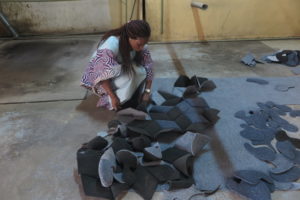
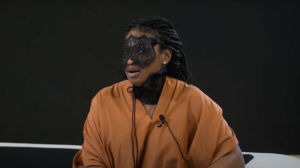 Marcia Kure about "The Three Graces" (2014)
Marcia Kure about "The Three Graces" (2014) 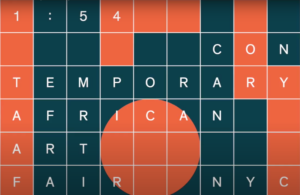 Koyo Kouoh in Conversation with Marcia Kure and Valérie Oka
Koyo Kouoh in Conversation with Marcia Kure and Valérie Oka 